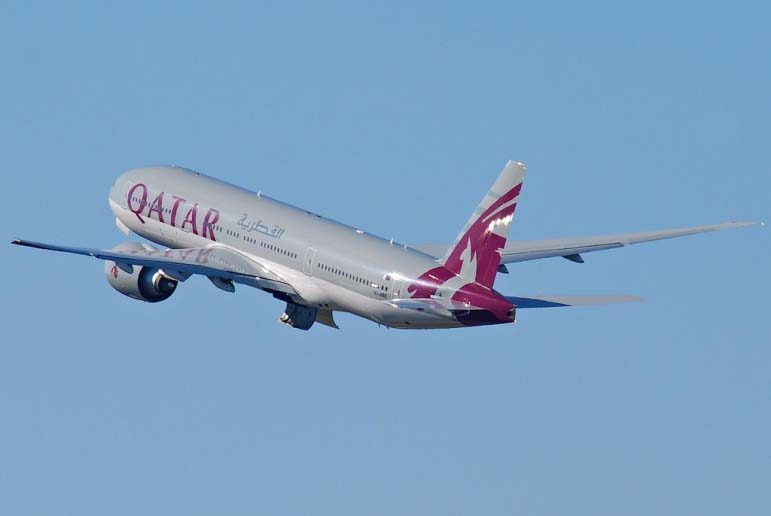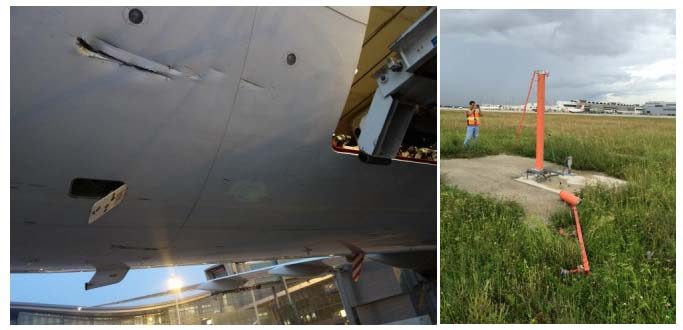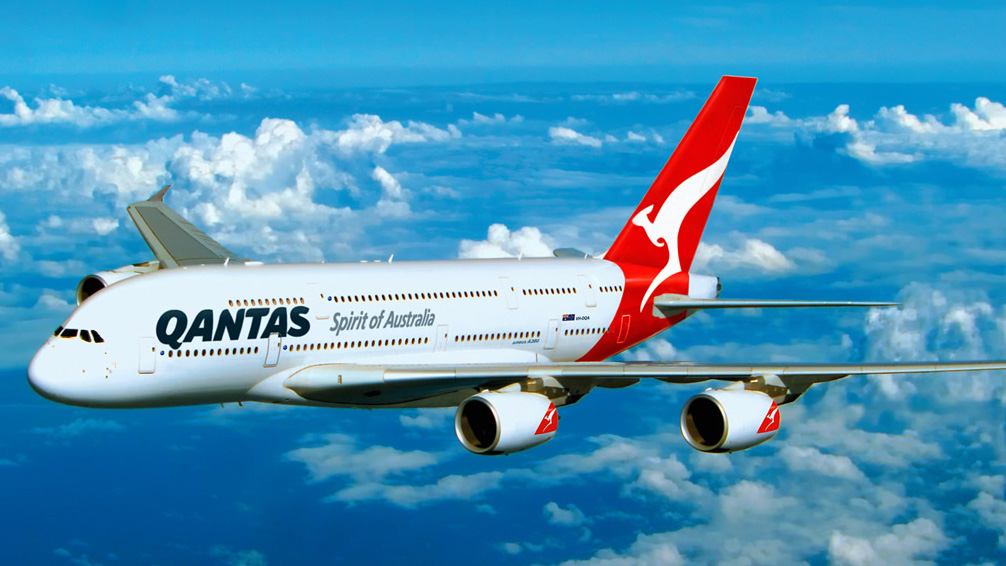
Updated on Dec. 10 to include comments from Qatar Airways CEO Akbar Al Baker.
Miscommunication among the flight crew and mistakes by the captain led to a Qatar Airways Boeing 777 hitting a set of runway lights in Miami in September, resulting in substantial damage to the aircraft, a preliminary report published by the Qatar Civil Aviation Authority (QCAA) has found.
The report, which was released yesterday, states that the aircraft entered the runway at intersection T1, which made the available runway 1,368m too short.
This was despite clear instructions stating that such a take off was forbidden for the Boeing 777, which was heavily laden with passengers and cargo.

As a result, the aircraft only became airborne at the very end of the runway, colliding with the Approach Lighting System, a series of masts located about 60m beyond the runway limits.
The report noted that the flight’s captain had realized that “something was not right” as the plane accelerated, passing markers that told the crew they only had 900m of runway left, but had “concluded (that) the safest course of action was to continue.”
The aircraft only started to take off within the final 300m of runway which is clearly marked by red lights, the report said.
It also stated that although the crew were aware of their close call, they were unaware that the aircraft had collided with the approach lights until they arrived back in Qatar.
Extensive damage
Although the flight continued to Doha as normal and landed safety, the report highlighted the scale of the damage caused by the collision.
Upon landing, an inspection revealed a 46cm tear in the fuselage behind the rear cargo door.
Data taken from the flight recorders shows that this tear forced the aircraft to compensate (successfully) to prevent a loss of cabin pressure during the flight.
There were also 90 dents and scratches across an 18 square meter area of the plane’s undercarriage, and some damage to a metal guard on the left landing gear.
Al Baker played down the seriousness of the incident while speaking in the USA several days after the QCAA’s report was released:
“Such kind of incidents happen quite often, either it is a tail strike on the runway or it is contact with the landing lights,” Al Baker was quoted as saying. “It is nothing out of context.”
Cockpit confusion
According to the report, a shared name – T1 – for the runway intersection and a completely separate reference in the crew’s pre-flight data is at the heart of the incident.
It stated the Qatar Airways flight crew had decided that it would be safe to take off from Intersection T1 on Miami’s Runway 09 because they had become confused by another mention of “T1” in the data given to them before the flight.

This reference, “Runway 09#T1,” actually referred to a temporary performance advisory for the runway, but not to the intersection in question, and the repeated use of “T1” was a coincidence.
The crew had seen this advisory while calculating the runway length required for takeoff, a calculation made using the plane’s onboard computers.
The report noted that during this calculation, the crew “understood” that they must use the full length of the runway, and that they had read information that said that intersection departures were not permissible.
However, as the aircraft was taxiing, the captain apparently decided that the aircraft could depart from the intersection, rather than from the beginning of the runway.
It noted that he “could not recall” why he made that decision, but that he believed it “may have been” because the printed information displayed Runway 09#T1 “in a compelling way.”
He then asked the first officer (FO) to advise Air Traffic Control of this decision. The report stated that the FO “glanced at his notes” and saw he had written “09/(T1)#” which he said made him believe that this was an acceptable line-up point for take-off.
Qatar Airways CEO Akbar Al Baker has contradicted the QCAA’s findings, saying instead that the error originated with airport staff in Miami:
“It was an instruction given to our pilot by the air traffic control, which he should have refused to accept,” Al Baker said at a media event in New York, according to industry website Flightglobal. “However, he had enough runway for getting airborne and it was only an unfortunate incident. At no time was the aircraft or the passengers put in any harms way.”
Relief crew
There were two further pilots – another captain and first officer, the aircraft’s relief crew – in the flight deck during the incident.
The report stated that these two pilots questioned the captain’s decision to take off from the intersection, as it appeared to be different from what they had been briefed on before the flight.

The captain apparently “made a hand gesture” in reply, “and said something which he thought was seeking reassurance from the crew that everything was OK.”
The flight’s first officer replied that he was happy with the decision, the report stated.
Meanwhile, the relief crew misunderstood the captain’s response, thinking that he had just said that he was happy with the decision and that he had most likely recalculated the flight data, so they didn’t press the matter further.
The flight’s captain and first officer were both experienced pilots, but also both relatively new on the Boeing 777, with 996 and 234 hours on the aircraft, respectively.
It is not known if the flight crew have faced disciplinary proceedings following the incident.
A Qatar Airways spokeswoman told Doha News that “the event” had been “resolved”
The QCAA said that its investigation is continuing, and that its final report will be published “in due course.”
Thoughts?







